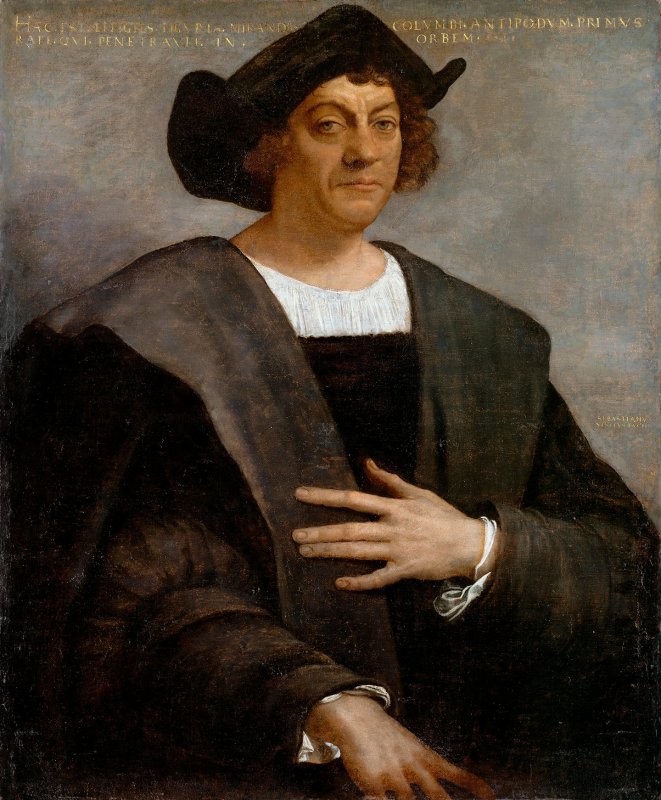This year is the 525th anniversary of Christopher Columbus’s first Transatlantic expedition. Thinking he was heading to Asia, the Italian explorer set out, but on October 12, 1492, he instead spotted land in the Caribbean, which set into motion the European colonization of the New World, writes the National Geographic.
However, though most school children know the names of his ships (the Niña, Pinta, and Santa Maria), the remains of the ships have never actually been found. Archaeologists and shipwreck hunters have been searching for years, to no avail.
So why can’t we find them?
The Caribbean waters are warm, which is bad for ship preservation, writes Nat Geo. The waters are also known for little creatures that can devour an exposed shipwreck within a decade. Nat Geo calls the creatures the “arch-nemeis of underwater archaeologists” in that region.
Another reason is that there have been five centuries of tropical storms and hurricanes in the region, which the ships would have had to survived. The landscape has also changed radically since Columbus’s time, Nat Geo writes, and deforestation has significantly altered coastlines.
On top of all this, Nat Geo writes that what remains of the ships is hard to find, because they could be buried under feed of sediment. Though archaeologists have tried to use side-scan sonar to find the ships, the sediment could essentially block the sonar.
The crew also recycled parts of their ships in order to make sure they survived the next voyage, Nat Geo reports.
Finally, we really only know what happened to one of the three ships, Nat Geo writes. The only ship that was lost was the Santa Maria, and know one knows for sure what happened to the Pinta or Niña after they returned to Europe.
So what next? Researchers say that we should keep looking for the ships, and not just for the fame the ships carry, Nat Geo writes, but because there could be very important archaeological discoveries made surrounding the earliest interactions between native populations and European explorers.
This article was featured in the InsideHook newsletter. Sign up now.
























